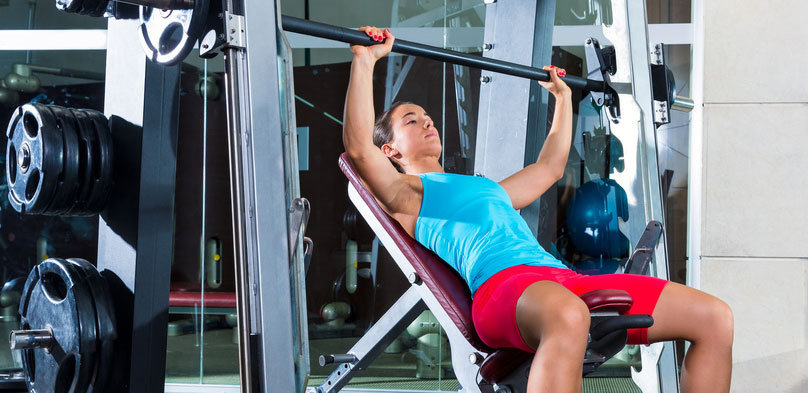Shoulder Pain due to Shoulder Impingement
Shoulder pain is very common. Obviously, there are various causes for shoulder pain. What seems to be a very common denominator is that it frustrates active people when it interferes with your regular exercise routine. One of the most common shoulder conditions affecting active adults is shoulder impingement. The typical scenario with shoulder impingement is pain with overhead motions.
Bench press and overhead press are specific exercises that cause pain and are usually weaker than normal when experiencing shoulder impingement.
Subacromial Impingement
Technically, there are two different types of impingement. Subacromial impingement is perhaps the most common and occurs under and between the acromion process, the coracoacromial ligament and the coracoid process. The easy way to understand is that it occurs under the “AC joint”; the pointy corner of your shoulder. It entraps the supraspinatus (part of the rotator cuff), the subacromial bursa (a squishy “spacer” in the shoulder) and the long head of bicep (the top of your bicep muscle). It is believed that over time, if left unchecked, this type of impingement can lead to tissue breakdown and tearing of the rotator cuff tendons.
Internal Impingement
Internal impingement is another type of shoulder impingement. It usually occurs in overhead throwing athletes like pitchers. The difference here is that it occurs more in the back of the shoulder (near the top). In a nutshell, the posterior superior labrum (cartilage in the shoulder joint) pinches two of the rotator cuff tendons (the supraspinatus and infraspinatus). Usually, this occurs when the arm is in the cocked position while throwing. Keep in mind this is also the position for some shoulder press exercises! If the person has a history of shoulder dysfunction and “looseness” in the front of the shoulder, the fulcrum of the movement moves forward which will pinch the tendons in the back of the joint. Similar to subacromial impingement, if left unchecked this scenario can lead to further damage and tearing of the tendons and the cartilage.
Recovery
So how do you fix shoulder impingement? There really isn’t a simple answer. There are many different reasons someone gets shoulder impingement. It can range from faulty stabilization of various muscles to unique boney prominences in the joint that have now degenerated to a point that they are causing problems. Obviously, when the cause involves anything like muscular overuse, weakness, inflammation of tissue and soft tissue damage, we can help. That’s what we do! In the situation of boney encroachment (like a hooked acromion process) we might need to refer out for a surgical consult. Regardless, we can help you move the process forward toward recovery and proper, regular exercise.
Experiencing shoulder pain? Give us a call! We serve Oakville, Burlington, Hamilton and the surrounding areas.
References
Escarmilla RF, Hooks TR, Wilk KE. Optimal management of shoulder impingement syndrome. Open Access Journal of Sports Medicine 2014:5; 13-24.








